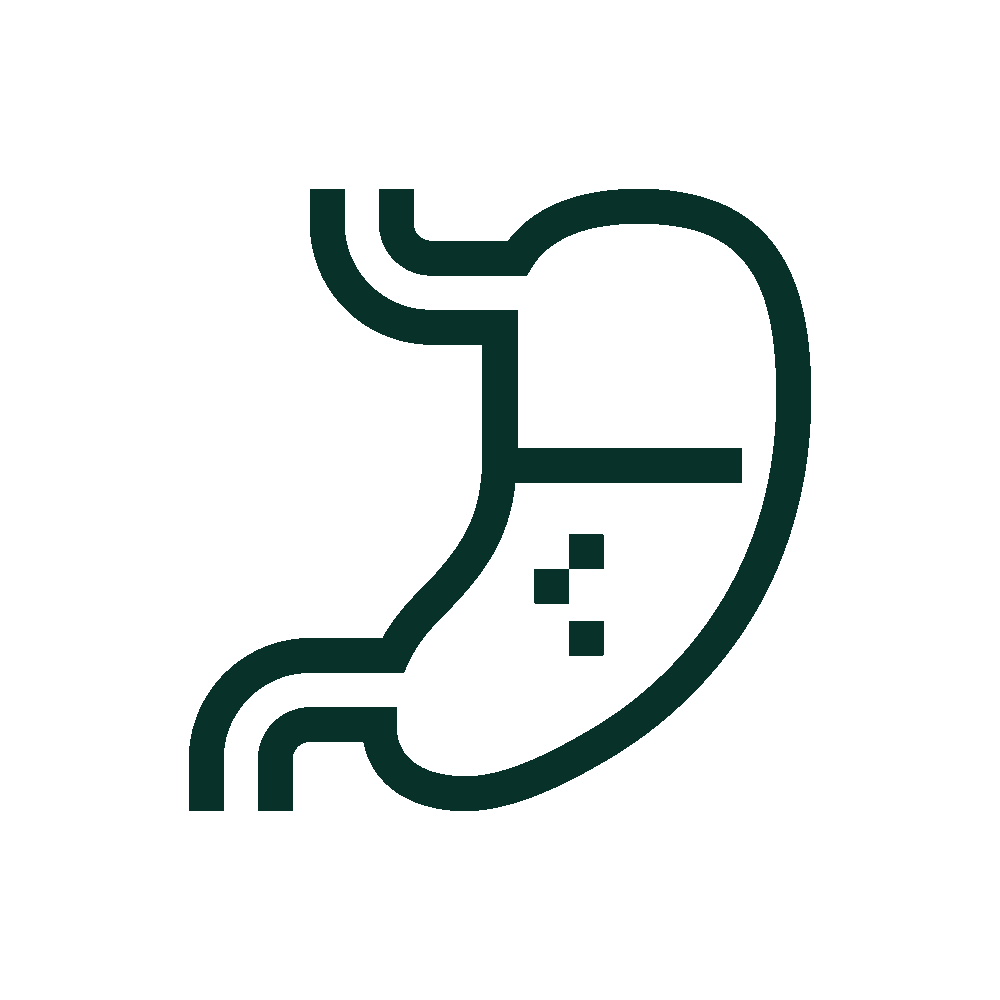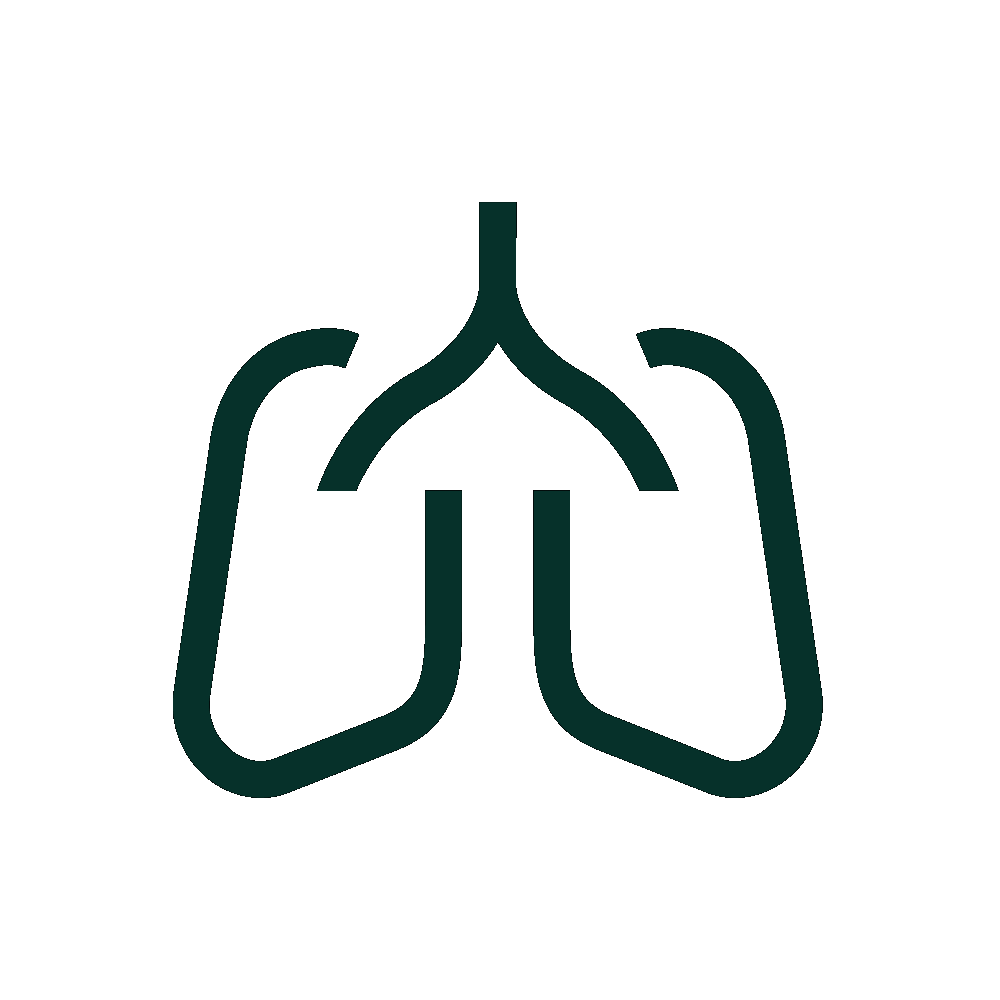Clinical Signs of PPID vs. EMS
by Boehringer Ingelheim / May 17, 2024

Understanding Clinical Signs of Pituitary Pars Intermedia Dysfunction vs. Equine Metabolic Syndrome
Pituitary pars intermedia dysfunction (PPID), formerly known as equine Cushing’s disease, and equine metabolic syndrome (EMS) are both serious diseases affecting a horse’s endocrine system. At a glance, clinical signs for these two disorders may present similarly, though treatment and management for PPID and EMS differ. Being able to distinguish between the clinical signs of PPID and EMS can result in an accurate diagnosis and proper management, resulting in a healthier horse.
Clinical Signs of PPID
PPID largely affects the hormone production pathways in the pituitary gland, resulting in increased levels of hormones produced by the pars intermedia of the pituitary gland. Early signs of PPID can be subtle and difficult to recognize, but may gradually worsen as the disease progresses. Early clinical signs of PPID can include delayed hair coat shedding, change in attitude, decreased performance, regional adiposity (fat deposits), abnormal sweating and even laminitis.
Because early signs of PPID can be so subtle, Steve Grubbs, DVM, Ph.D., DACVIM, Technical Services Veterinarian at Boehringer Ingelheim, recommends monitoring your horse throughout the year to recognize potential clinical signs early on. “Things like loss of topline muscle or regional areas that do not shed out may occur so gradually, that you may not notice it day to day,” he said. “At least twice a year, take a photo of your horse in the same place on the farm from the same angle that can be reviewed retrospectively, to identify subtle changes that have occurred over time.”
In advanced PPID, delayed shedding may become more generalized, and progress to a complete loss of seasonal hair coat shedding. Other associated clinical signs such as increased thirst and urination and certain tendon/ligament injuries may develop. A horse with advanced clinical signs of PPID may also have immunosuppression, or a depressed immune system. This often results in recurrent infections such as hoof abscesses, secondary skin infections and sinusitis.
Clinical Signs of EMS
Typically, clinical signs of EMS may present differently than clinical signs of PPID, though diagnostics are often needed to differentiate between the two. “With EMS, we are usually looking at a horse that’s overweight, obese or exhibiting regional adiposity,” explained Dr. Grubbs. For these reasons, clinical signs may be masked in sport horses or horses that are in an active training program, only manifesting when the horse retires or is laid up due to injury.
Horses with EMS are also at a higher risk of laminitis, or founder. “With a horse that has EMS and is presenting as obese, the main goal is weight loss,” noted Grubbs. “Small lifestyle changes, such as switching the horse’s grain to a ration balancer, managing time on fresh pasture, and having hay analyzed to understand starch levels can add up quickly and become crucial to management of a horse with EMS.”
When to Contact Your Veterinarian
EMS can occur at any point in a horse’s life, but may be first noticed around adulthood, after they’ve had time to put on noticeable weight. PPID typically occurs as horses age, although in rare cases, it has occurred in horses as young as 5 years old. No matter their age, if you notice any clinical signs of either PPID or EMS, it’s important to contact your veterinarian right away. After collecting a medical history and examining your horse for clinical signs, your veterinarian will evaluate adrenocorticotropic hormone (ACTH), insulin and glucose levels to determine the diagnosis.
Though neither EMS or PPID can be cured, through proper diet management, lifestyle changes and in the case of PPID the administration of an FDA-approved medication, horses with both PPID and EMS can continue to live quality lives.
©2025 Boehringer Ingelheim Animal Health USA Inc., Duluth, GA. All rights reserved. US-EQU-0128-2024






